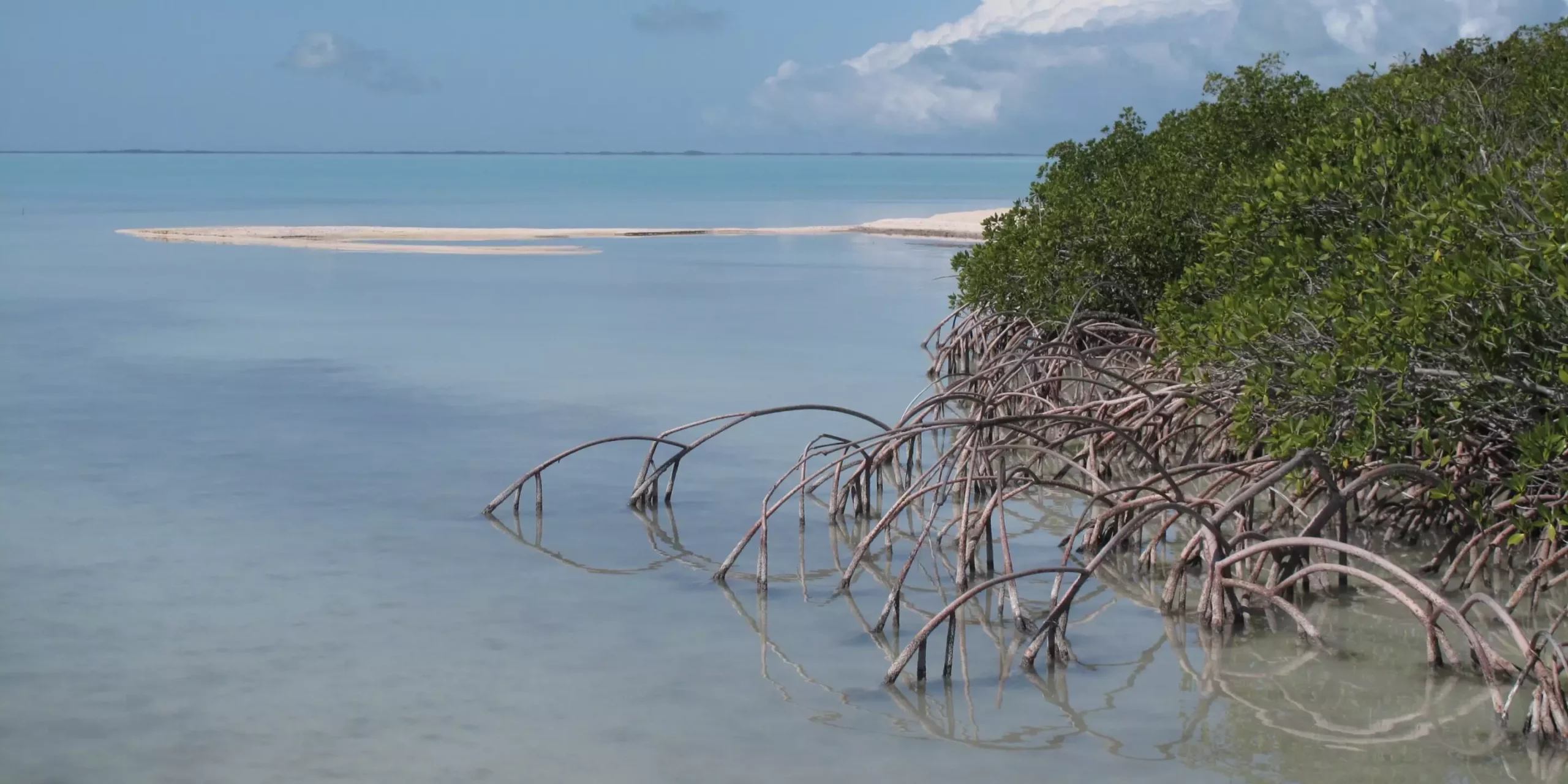As global temperatures rise, the consequences of climate change manifest sharply in certain regions, with South Florida standing out as a focal point of concern. Recent studies conducted by researchers at the University of South Florida College of Marine Science underscore a dramatic increase in sea surface temperatures in the region’s estuaries, outpacing both global averages and similar coastal areas. Such rapid changes present unprecedented challenges for the diverse marine life that depends on these ecosystems for survival.
The data unveiled by the researchers demonstrates a staggering trend: over the past two decades, estuarine temperatures in South Florida—including complex ecosystems like Florida Bay, Tampa Bay, St. Lucie Estuary, and the Caloosahatchee River Estuary—have surged at rates roughly 70% higher than those in the Gulf of Mexico and an astonishing 500% quicker than global ocean temperatures. This is not merely a statistical anomaly; it represents a serious threat to the very fabric of marine biodiversity in the region. The findings, published in reputable journals such as Environmental Research Letters and Estuaries and Coasts, reveal patterns of environmental instability that are likely to reverberate throughout marine ecosystems.
Marine ecosystems are particularly sensitive to temperature fluctuations, with the estuaries of South Florida serving as vital nurseries for countless aquatic species. Fluctuating temperatures can have dire repercussions for critical habitats, including seagrass meadows and coral reefs, which are already in peril due to multiple stressors. Algae species, which thrive amidst warmer conditions, may proliferate rapidly, resulting in harmful algal blooms that further degrade water quality and habitat. Conversely, sensitive species such as seagrass and coral face existential threats as temperatures break their tolerance thresholds, leading to stress and potential die-offs. This interconnected web of marine life is on a precipice, where the impacts of climate change may cascade throughout the ecosystem, altering species composition and disrupting food webs.
In pursuit of deeper insights, the research team plans to collaborate with organizations like the Florida Fish and Wildlife Conservation Commission and the National Oceanic and Atmospheric Administration. A coordinated approach is essential to assess the ramifications of rising water temperatures on crucial habitats like seagrass beds and coral reefs in South Florida. Investigating the specific mechanisms behind the accelerated warming observed in local estuaries is also a priority, as the University of South Florida researchers, led by Professor Chuanmin Hu, delve into factors such as water capacity and residence time—the duration water remains in an estuary before flowing away. Understanding these dynamics may unveil unique vulnerabilities inherent to South Florida, which seemingly diverge from trends observed in estuaries elsewhere in the Gulf of Mexico.
What makes the situation in South Florida even more perplexing is the localized nature of the warming trends. While other estuaries in the Gulf of Mexico are also experiencing some temperature increases, none are exhibiting the same accelerated warming trends as those in South Florida. Professor Hu emphasizes that further investigation is warranted to understand why this region is distinctly affected. The question lingering on researchers’ minds is how long this rapid rate of warming will endure. There are concerns that once the local estuarine temperatures align with the Gulf of Mexico averages, the repercussions may become even more pronounced, amplifying the already precarious situation for marine communities.
The alarming rise in sea surface temperatures in South Florida’s estuaries poses a significant threat to marine ecosystems, calling for urgent research and concerted conservation efforts. As the region grapples with the dual challenges of warming waters and compromised habitats, multidisciplinary collaboration will be essential to devise strategies aimed at mitigating these changes. The health of South Florida’s marine ecosystems hangs in the balance, and there is an urgent need for proactive measures to safeguard the intricate relationships that define this vibrant marine environment. Failure to address these issues could lead to irreparable damage, underscoring the imperative of action in the face of escalating climate challenges.


Leave a Reply